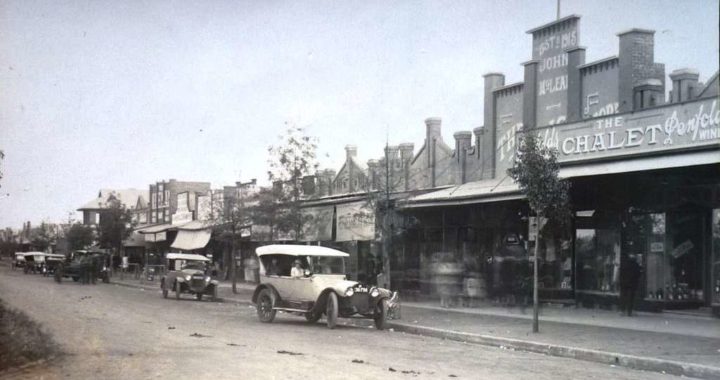Located in the Murrumbidgee Irrigation Area of New South Wales, Australia. Griffith is known for its significant role in the development of the Australian wine industry. Here is an overview of the history of Griffith:
- Irrigation Settlement: The history of Griffith dates back to the early 20th century when the area was selected as a site for irrigation development. The Australian government established the Murrumbidgee Irrigation Area in 1912 to support agricultural settlement and increase food production.
- Italian Influence: Griffith has a strong Italian heritage that dates back to its early days. Italian immigrants, mostly from the Sicilian region, played a pivotal role in the development of the area. They brought their agricultural knowledge and expertise, particularly in vine cultivation and winemaking.
- Town Establishment: Griffith was officially established in 1916 and named after Sir Arthur Griffith, the first New South Wales minister of Public Works. The town’s layout was based on a radial design, which provided equal access to services and facilities for all residents.
- Wine Industry: The introduction of irrigation in the region was a turning point for the establishment of vineyards and the wine industry in Griffith. Italian settlers, along with other farmers, began cultivating grapes and producing wine. Griffith quickly became a major centre for wine production and played a significant role in the growth of the Australian wine industry.
- World War II Internment Camp: During World War II, Griffith was the site of an internment camp for Italian and Japanese civilians and prisoners of war. The camp, known as the Hay Internment Camp No. 7, housed thousands of internees between 1941 and 1946.
- Post-War Growth: After World War II, Griffith experienced rapid growth as migrants, including Italians, Greeks, and Yugoslavs, settled in the area. They contributed to the expansion of the agricultural sector, particularly in the cultivation of grapes, citrus fruits, and vegetables.
- Diversification and Cultural Mosaic: Over the years, Griffith has diversified its agricultural activities beyond wine production. It has become known for its production of citrus fruits, olives, rice, and various other crops. The city is also renowned for its multicultural community, with a rich tapestry of cultural influences, including Italian, Greek, Lebanese, and Indigenous Australian heritage.
Today, Griffith remains a thriving regional centre with a strong agricultural base and a growing reputation as a wine destination. Its history, heritage, and multicultural influences contribute to the vibrant and diverse character of the city.
References:
- Visit Griffith: https://www.visitgriffith.com.au/
- Griffith City Council – History: https://www.griffith.nsw.gov.au/cp_themes/default/page.asp?p=DOC-NEP-55-25-20
- Griffith – Our History: https://www.griffith.nsw.gov.au/cp_themes/default/page.asp?p=DOC-NEP-30-32-02
- Australian Wine Research Institute: https://www.awri.com.au/industry_support/winemaking_resources/history/

